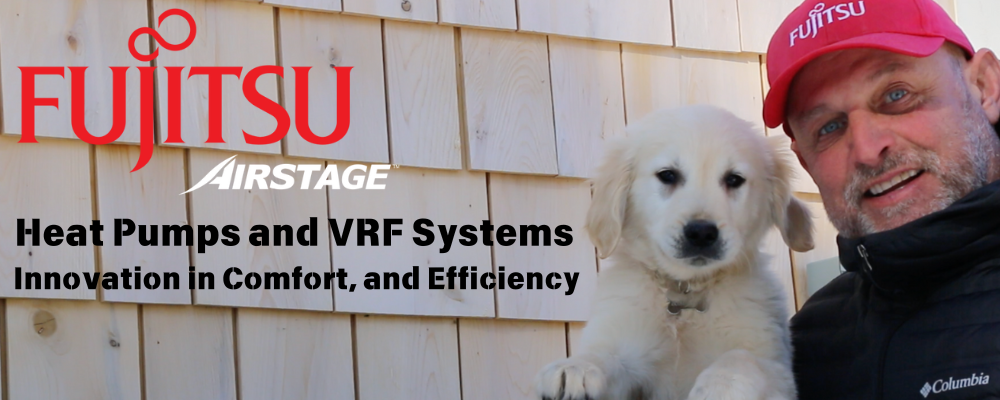Variable Refrigerant Flow (VRF) systems, also known as Variable Refrigerant Volume systems, are advanced air conditioning and heating system that offers several benefits over traditional HVAC systems. Here are some of the key benefits of a VRF system:
- Energy Efficiency: VRF systems are highly energy-efficient since they use only the refrigerant needed to meet the cooling or heating demands of each space. Because VRF systems are highly energy-efficient, they can reduce energy consumption by up to 30% compared to traditional HVAC systems.
- Zoning Capabilities: VRF systems can create zones within your home or commercial space, allowing you to heat or cool specific rooms or areas. Creating zones means you can avoid heating or cooling rooms that are not in use, which can save energy and money.
- Design Flexibility: VRF systems offer a high degree of design flexibility, as they can be installed in a variety of configurations and can accommodate a wide range of indoor unit styles and sizes.
- Quiet Operation: VRF systems operate quietly, making them ideal for residential and commercial spaces where noise can be a distraction.
- Improved Comfort: VRF systems offer superior comfort to traditional HVAC systems, as they provide precise temperature control and can adjust to changing conditions in real-time.
- Easy Maintenance: VRF systems require minimal maintenance compared to traditional HVAC systems, as they have fewer mechanical components and use a self-cleaning mechanism that keeps the system running smoothly.
- Green Technology: VRF systems use eco-friendly refrigerants and are designed to reduce greenhouse gas emissions, making them a more environmentally friendly option compared to traditional HVAC systems.


Leave a Reply